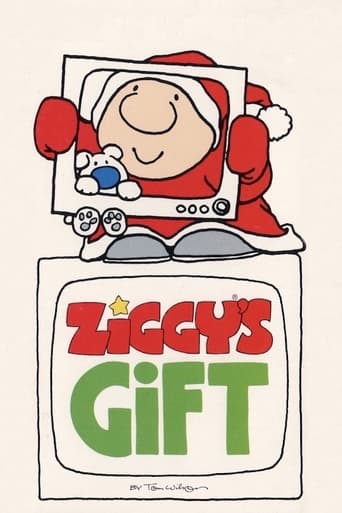
Harry Nilsson
Personal Info
Known For Actor
Gender Male
Birthday 1941-06-15
Deathday 1994-01-15 (52 years old)
Harry Nilsson
Biography
American singer, songwriter and musician Harry Nilsson achieved the peak of his commercial success in the late 1960's and early 1970's. On all but his earliest recordings he is credited simply as Nilsson. He is known for the hit singles "Everybody's Talkin'" (1969), "Without You" (1971), and "Coconut" (1972), the first two of which won him Grammy Awards for vocal performance. His songwriting credits during that period included the song “One”, made famous by the rock band Three Dog Night. Hallmarks of Nilsson's music included his genre-bending style (called "salon rock" by some) and his remarkable tenor voice which ranged over three octaves. Nilsson was much admired by The Beatles and formed lasting friendships with them, especially with John Lennon and Ringo Starr. A complicated personality, Nilsson proved to be one of the few major pop-rock recording artists of his era to achieve significant commercial success despite never performing live concerts. He contributed songs to a few films including Robert Altman's "Popeye" (1980) and singing the standard "How About You?" for the soundrack of "The Fisher King" (1994). After a period of declining health, Harry Nilsson died at the age of 52 from heart disease at his home outside Los Angeles.
Known For
Actor
as Self - Narrator (archive footage)
as Self
as Self
as Count Downe
as Himself
as Himself
as Himself
as Tower Guard
as Self - Guest
Sound
as Original Music Composer
as Music
as Songs
as Original Music Composer
as Songs
as Original Music Composer
as Songs
as Music
as Original Music Composer
Writer
Camera
as Key Grip
as Camera Operator
Producer
as Producer
Art
as Set Designer
Costume & Make-Up
as Makeup Artist
Lighting
as Lighting Artist








